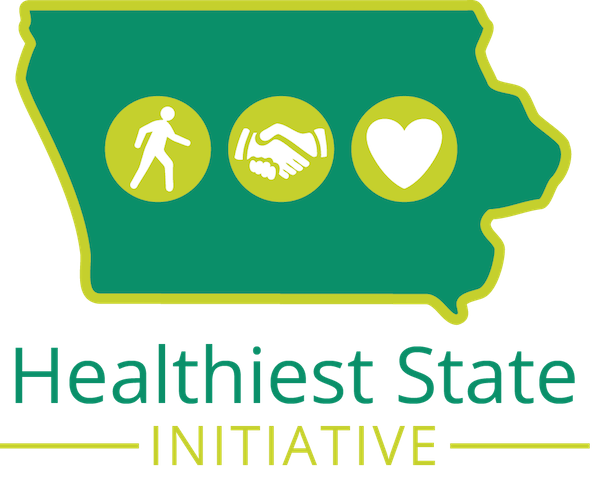Common Mental Illness Conditions
Posted by Make It OK-Iowa on Thursday, March 16, 2023
What is a mental illness?
Mental illnesses are treatable health conditions that can disrupt a person’s thinking, feeling, mood, ability to relate to others and daily functioning.
They are common — about one in five people will experience mental illness in their lifetime — and can affect anyone, regardless of age, race, religion, or income.
DONATE: Support Make It OK
Mental illnesses can be caused by traumatic events, a chemical imbalance in the brain, genetics or exposure to toxins. Most mental illnesses are very treatable with medication, therapy, diet, exercise and support.
However, people are still afraid to talk about mental illness due to shame, misunderstanding, negative attitudes and fear of discrimination. The more we can understand mental illness, the more we can talk about it, reduce stigma and Make it OK.
Common mental illness conditions:
Anxiety Disorders are the most commonly diagnosed mental illness. They include panic disorder, Obsessive Compulsive Disorder (OCD), Post Traumatic Stress Disorder (PTSD), Generalized Anxiety Disorder and phobias. Nearly three out of four people with an anxiety disorder experience the first episode by age 21.
Depression is an illness that affects one’s thoughts, feelings, behavior, physical health, activity and sleep patterns.
Eating Disorders: The three main types are anorexia nervosa (severely restricting food), bulimia nervosa (binging and purging) and binge-eating disorder.
Bipolar Disorder, also known as manic-depression, includes episodes of a very high mood known as mania alternating with episodes of depression.
MENTAL ILLNESS: Read stories from Iowans | Tips to talk about mental illness
Attention Deficit / Hyperactivity Disorder (ADHD) is one of the most common mental disorders in children and adolescents, but it also affects about 4 percent of adults. It is characterized by inattention, hyperactivity and impulsivity.
Schizophrenia is a serious mental illness where a person experiences hallucinations and delusions, emotional flatness and trouble with thinking. It affects about one percent of the population.
Personality Disorder is a serious mental illness that includes borderline personality disorder. People with this illness have problems with regulating emotions and thoughts, impulsive and reckless behavior and unstable relationships with other people.
Substance Disorders involve abuse of substances, such as drugs or alcohol, which are harmful to an individual’s physical and mental health. About 50 percent of people experiencing a mental illness also experience a substance use disorder. Sometimes only one of the two illnesses is identified.


